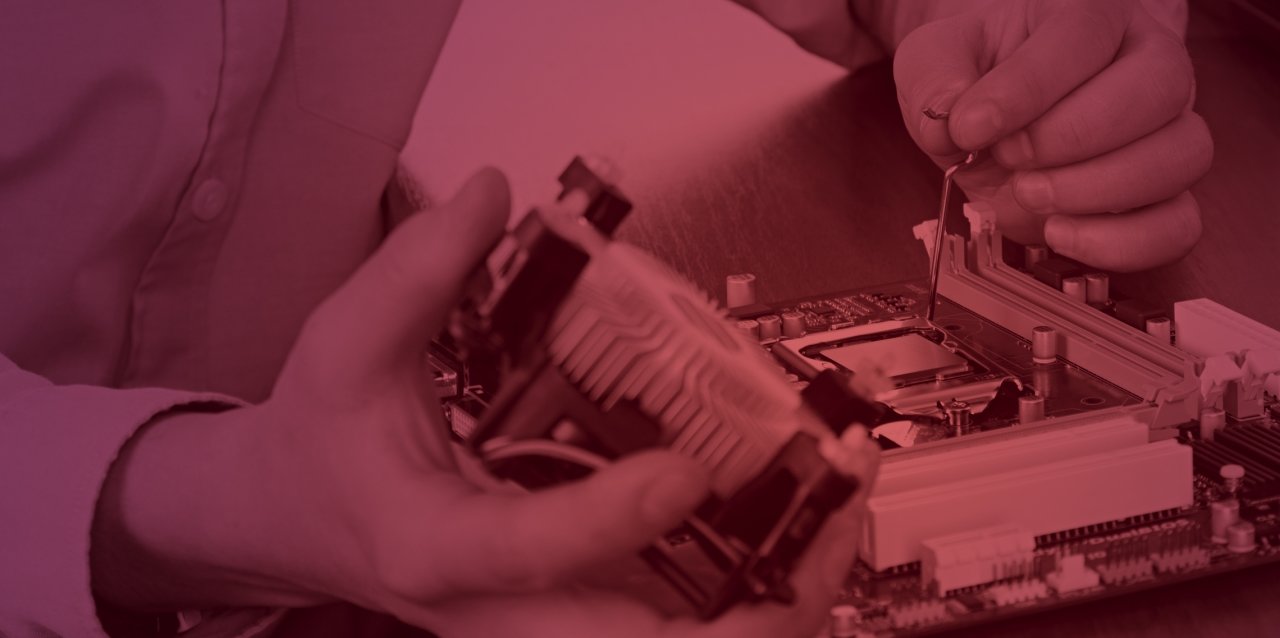EzCat

EtherCAT (http://www.ethercat.org) is an Ethernet based automation bus. The EtherCAT technology overcomes the system limitations of other Ethernet solutions: the Ethernet packet is no longer received, then interpreted and copied as process data at every connection. Instead, the Ethernet frame is processed on the fly by the different slave nodes who read the data addressed to them while the telegram is forwarded to the next device. Similarly, data from the slaves is inserted while the telegram passes through. The telegrams are only delayed by a few nanoseconds by each slave.
An industrial PC with a standard Network Interface Card (NIC) is commonly used as the bus master. The slaves are embedded systems with an Ethernet connection on the bus side and the node-specific hardware on the other.
The aim of the EzCat project was to develop prototype EtherCAT devices based on:
The NetX and the ASIC/microprocessor combination are fully functional and use the same Application Programming Interface (API).
The FPGA version does not implement mailbox and distributed clock capabilities. It provides a set of registers which can be read or written by the EtherCAT master. The registers, in turn, are directly linked to the device’s hardware. The demonstrator is a sinewave generator controlled via EtherCAT.
A set of EtherCAT devices have been developed and are ready to use.
The project has required resources both in the field of mechatronics, control software and highperformance embedded systems.
EtherCAT is very much used in Switzerland and the complexity of the standard prompts the industry to network with research and development institutes for the realization of automated systems.
